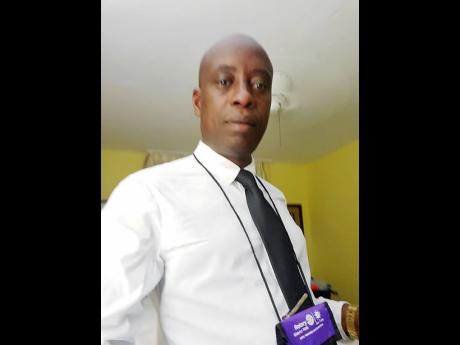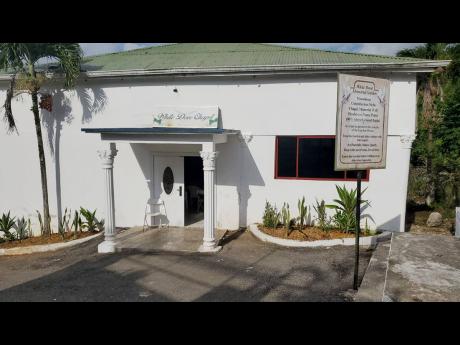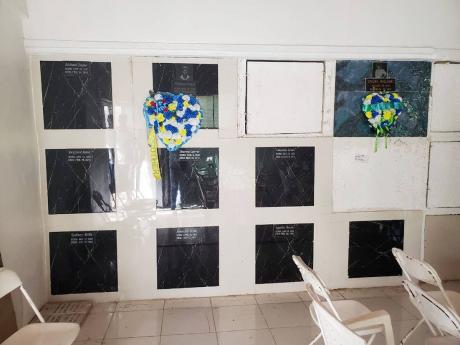‘A cemetery with a difference’
Trelawny businessman Patmore on a mission to protect underground water sources
WESTERN BUREAU:
SOUTH TRELAWNY businessman Paul Patmore, who has built a reputation for innovation – having created a unique brand of fertiliser that uses rabbit urine as part of the ingredients – is adding his creative spirit into his core business, Patmore’s Funeral Home.
In keeping with his passion to protect the environment, Patmore has decided that he will no longer be engaging in underground burial, and his new eight-acre cemetery will only feature above-ground mausoleums.
“This will be a cemetery with a difference. There will be no underground burials. All burials will be above ground in mausoleums,” said Patmore, who believes underground burials have the potential to contaminate underground water sources.
“I did some research and found that burials done in mausoleum style protect the underground water source,” he shared.
“When a person dies, to embalm the body up to two gallons of formaldehyde is used. That is buried with the body and as the body decays all that chemical goes out into the underground water system. Burials above ground eliminate that problem,” Patmore explained.
His theory is supported by an occurrence in 2008, when residents of Ramble, Hanover, took objection to a plan by Delapenha’s Funeral Home to establish a cemetery in their community, arguing that formaldehyde, the colourless, pungent gas used in embalming bodies, would contaminate their underground water source.
At the time, well-known geologist, Basil Young, an experienced veteran in his field, agreed with the residents, telling The Gleaner that formaldehyde was poisonous and would pose a significant health risk if it gets into the underground water source.
“When you add chemicals to bodies and decomposition takes places then you will have a pollutant, and this pollutant must not go into your water,” said Young. “If the bodies were only being iced and buried, it would be a different matter. The danger is in the embalming process.”
Another advantage, Patmore stated, is that it requires less space to bury bodies above ground.
“Mausoleums save space, you can have up to 10 bodies buried in one,” he said. “The body decays much faster and the water source is not exposed to harmful chemicals.”
Patmore said the idea to go the ‘environmentally friendly’ burial route was sparked by what he saw travelling overseas, especially Curacao, where all burials are above ground; and an experiment which was done to check the underground water system in the Lowe River community, where his business is located.
“Some years ago a company poured some red dye at one point of the river in Lowe River, and it showed up in the underground water system in Rio Bueno (over 30 miles away),” said Patmore. “That experience got him thinking about possible contamination of the underground water supply when underground burial is done.”
To complete the environmental vision for his funeral business, Patmore wants it to become an attraction in the Lowe River community, which could serve other purposes.
“My cemetery will have a garden-like appearance with flowers all around,” said Patmore. “I could envision couples coming to this cemetery to take wedding photographs.”



